Researchers at Roubion, France, discovered 43 ancient copper coins under the foundations of an ancient structure. This finding might help researchers to reconsider the relations between Gauls and Greeks at the time.
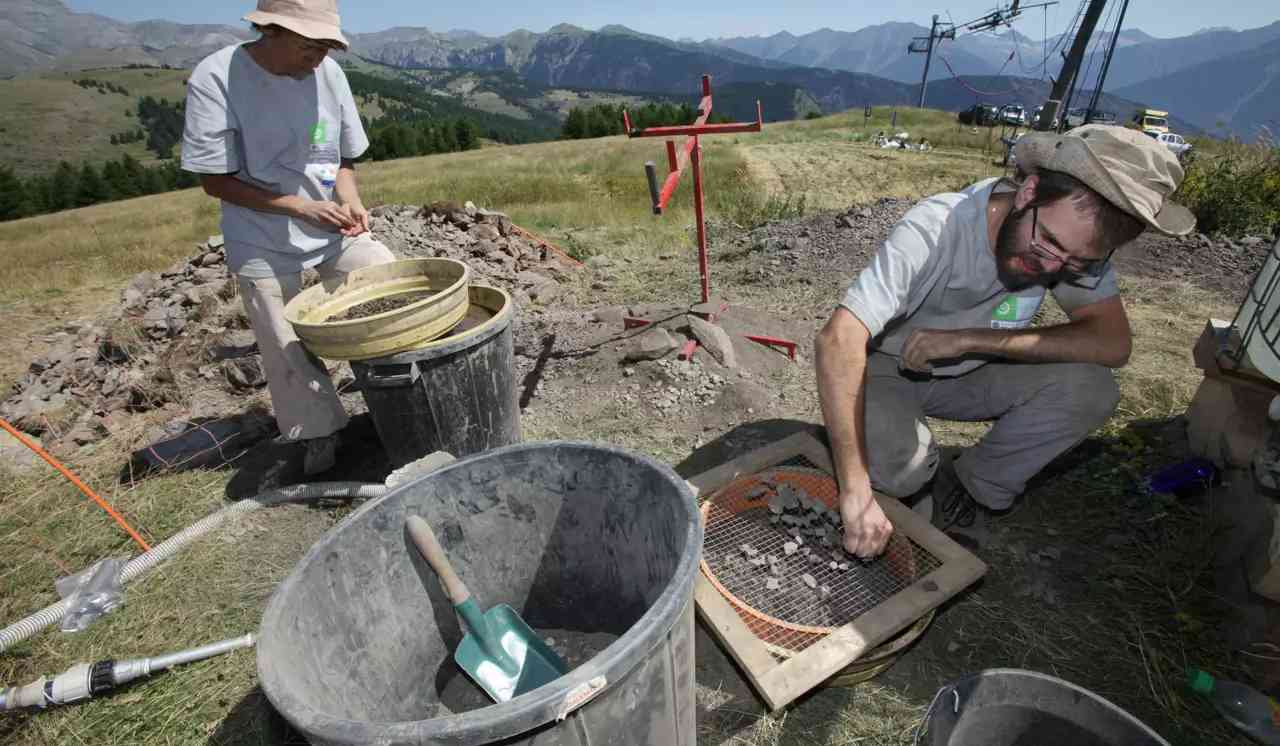 Excavations have been carried out since 2014 in the Roubion site. C: Patrick Ray
In 2014, archaeologists in Roubion, France, began uncovering the remains of an ancient structure built 2,500 years ago. The digging of the site took six years, and the structure is currently awaiting to become listed as a "Monument historique," a designation given to national heritage sites in France.
In the archaeological site in Roubion, archaeologists found over 20,000 bones, including some astonishing human remains, 22,000 pottery fragments, presumably the most extensive collection of weapons in the region and a tiny treasure.
A Treasure Meant Not to Be Recovered
Under the foundations of one of an ancient structure's enclosure walls were found 43 ancient coins. "If they were placed there, it's because they weren't meant to be recovered, unlike a treasure," states Franck Suméra,
the General Curator of the Regional Department of Culture (DRAC).
A Geographical Anomaly
Although this hoard of bronze coins is the largest of its kind to be found in the area, this is not the only reason archaeologists are amazed. These coins are also a geographical anomaly.
Most coins feature the head of Apollo on one side and a bull on the other, a style found on coins minted by ancient Greeks in Marseille. Nevertheless, Roubion was never on the distribution map of the Greeks.
Enigma Is Solved
After years of research, researchers believe they have solved this geographical anomaly. Archaeologists who explored old and long-forgotten mines of Mercantour, a national park in Roubion, suggest that copper from the region might be used in the minting of Marseillais coins.
"Even if we still don't have formal proof, we think that these Marseilles coins were melted down with copper that may have come from the Mercantour," says Franck Suméra.
This finding is the perfect opportunity for researchers to reconsider the relations between Gauls and Greeks at the time.
M. Enes Gençtürk - Arkeolojikhaber
Excavations have been carried out since 2014 in the Roubion site. C: Patrick Ray
In 2014, archaeologists in Roubion, France, began uncovering the remains of an ancient structure built 2,500 years ago. The digging of the site took six years, and the structure is currently awaiting to become listed as a "Monument historique," a designation given to national heritage sites in France.
In the archaeological site in Roubion, archaeologists found over 20,000 bones, including some astonishing human remains, 22,000 pottery fragments, presumably the most extensive collection of weapons in the region and a tiny treasure.
A Treasure Meant Not to Be Recovered
Under the foundations of one of an ancient structure's enclosure walls were found 43 ancient coins. "If they were placed there, it's because they weren't meant to be recovered, unlike a treasure," states Franck Suméra,
the General Curator of the Regional Department of Culture (DRAC).
A Geographical Anomaly
Although this hoard of bronze coins is the largest of its kind to be found in the area, this is not the only reason archaeologists are amazed. These coins are also a geographical anomaly.
Most coins feature the head of Apollo on one side and a bull on the other, a style found on coins minted by ancient Greeks in Marseille. Nevertheless, Roubion was never on the distribution map of the Greeks.
Enigma Is Solved
After years of research, researchers believe they have solved this geographical anomaly. Archaeologists who explored old and long-forgotten mines of Mercantour, a national park in Roubion, suggest that copper from the region might be used in the minting of Marseillais coins.
"Even if we still don't have formal proof, we think that these Marseilles coins were melted down with copper that may have come from the Mercantour," says Franck Suméra.
This finding is the perfect opportunity for researchers to reconsider the relations between Gauls and Greeks at the time.
M. Enes Gençtürk - Arkeolojikhaber



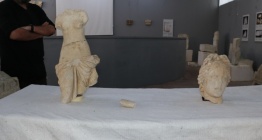

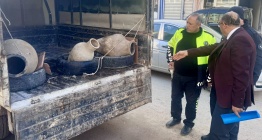

 Bir Sapiens kafilesi Avrupa'ya buz çağında ulaştı, soğuğa direndi ama soyunu sürdüremedi
Bir Sapiens kafilesi Avrupa'ya buz çağında ulaştı, soğuğa direndi ama soyunu sürdüremedi 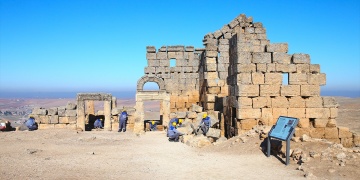 Prof. Dr. Aytaç Coşkun: Zerzevan Kalesi'nin altında bir yeraltı kenti var
Prof. Dr. Aytaç Coşkun: Zerzevan Kalesi'nin altında bir yeraltı kenti var 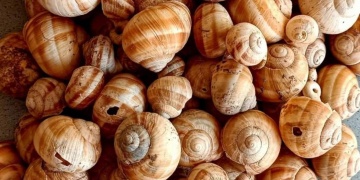 Arkeologlar 4 Bin yıl önce salyangozların ne amaçla toplandığını çözmeye çalışıyor
Arkeologlar 4 Bin yıl önce salyangozların ne amaçla toplandığını çözmeye çalışıyor  Binbeşyüz yıl önce Balıkesir'de batan tabak yüklü geminin batığı bulundu
Binbeşyüz yıl önce Balıkesir'de batan tabak yüklü geminin batığı bulundu 




